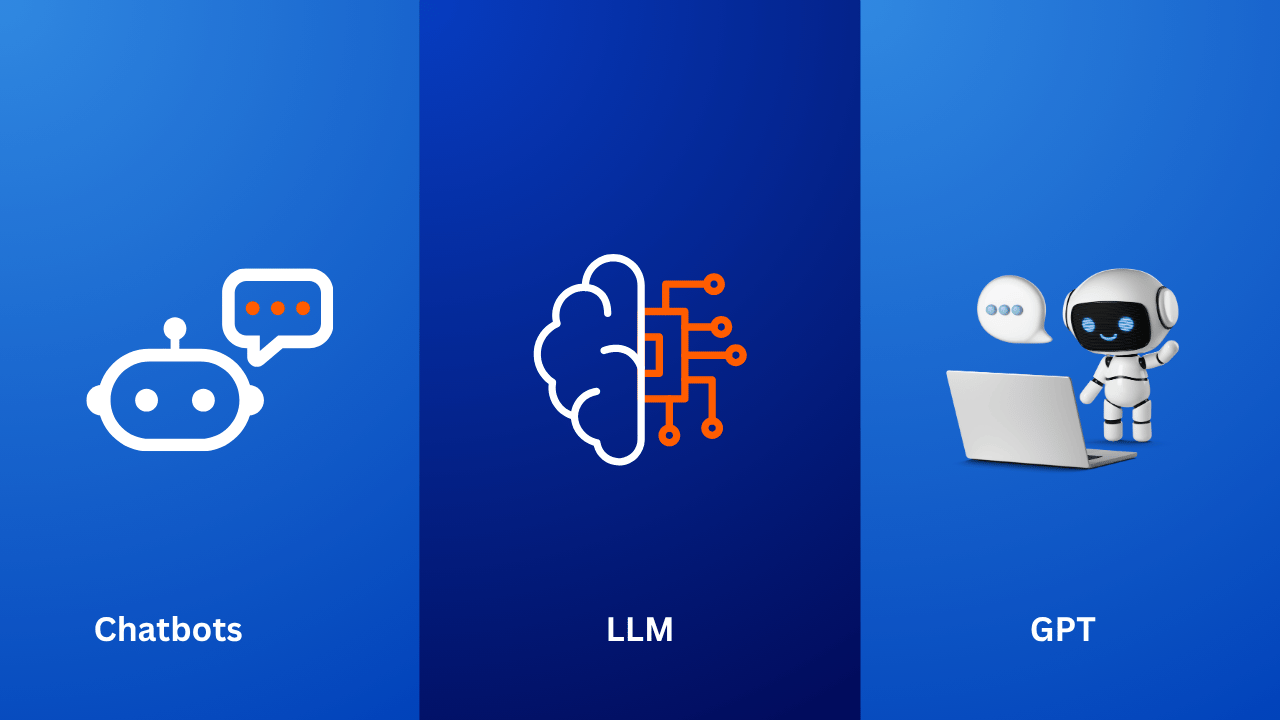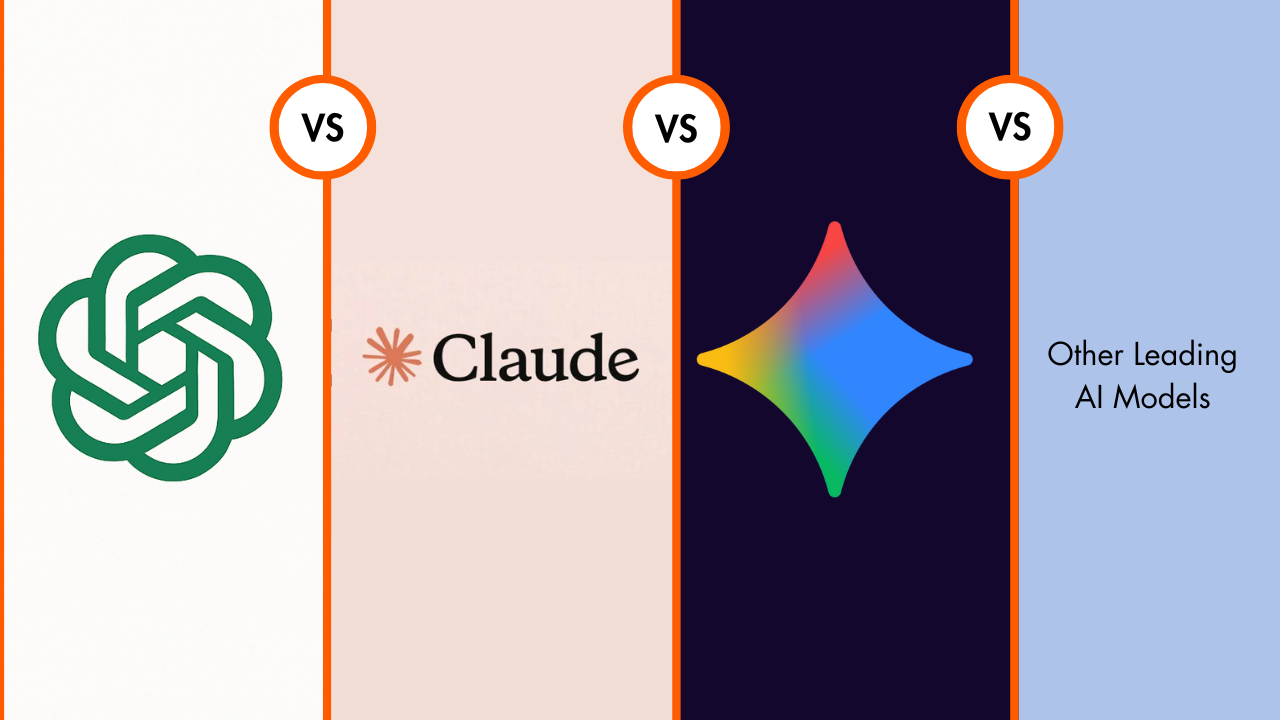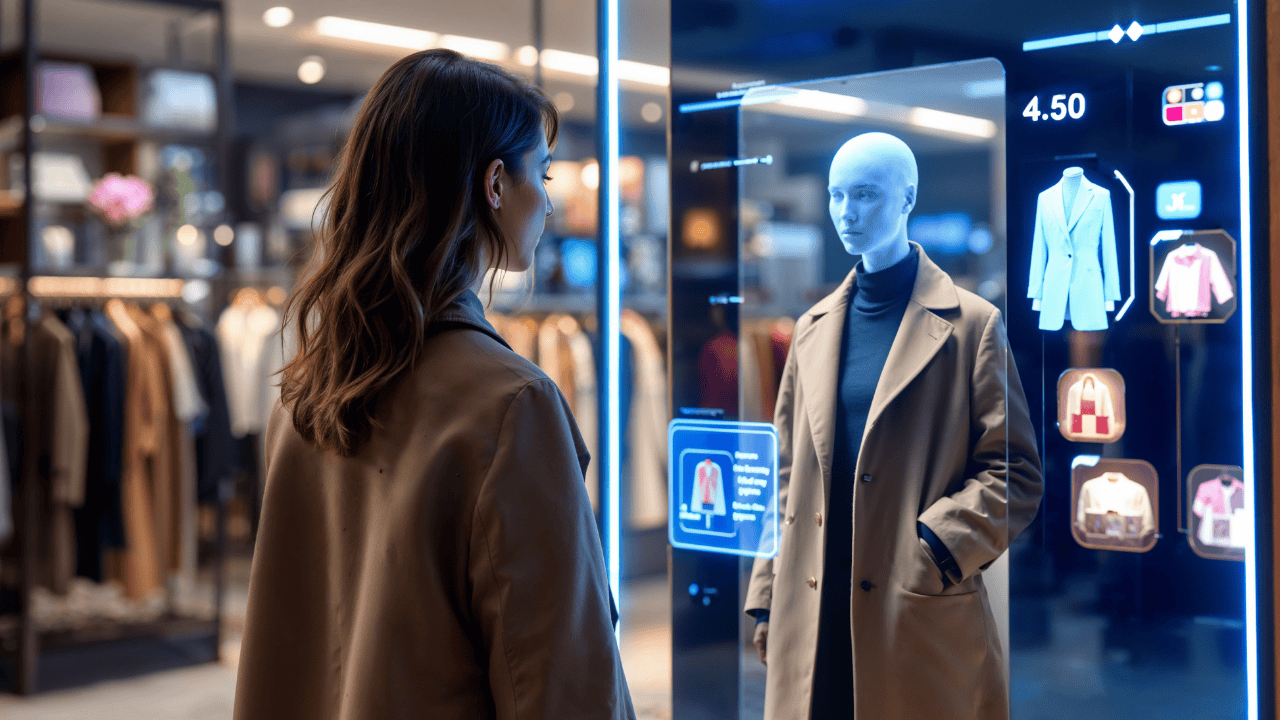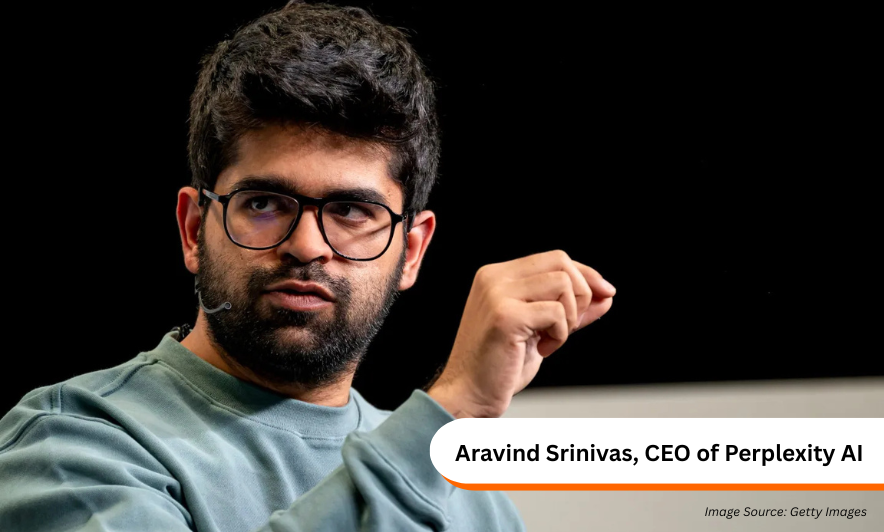Understand the real meaning behind AI buzzwords like chatbots, GPT, and LLMs—and learn how these technologies work together to power modern business automation, communication, and decision-making.
Artificial intelligence has quickly moved from research labs to boardroom conversations, and with it comes a flood of jargon. Terms like chatbots, GPT, and LLMs are often used interchangeably, but they actually refer to different layers of technology. For businesses and professionals, understanding what these buzzwords really mean is the first step toward using them effectively.
Chatbots: The Conversational Frontline
Chatbots are AI-driven systems designed to simulate human-like conversations. They often serve as the first point of contact on websites, apps, or customer service portals.
There are two main types:
- Rule-based chatbots:
These follow pre-programmed scripts, responding to keywords or menu choices.
They are simple, reliable, but limited in flexibility.
- AI-powered chatbots: Using natural language processing (NLP), these bots can understand context, answer complex queries, and even learn from past interactions.
In lead generation and customer support, chatbots reduce response time, scale engagement, and free human agents to handle more complex issues.
GPT: The Generative Model Behind Human-Like Text
GPT stands for Generative Pre-trained Transformer, a type of AI model that generates text based on prompts. Developed by OpenAI, GPT models are trained in vast amounts of data and are capable of:
- Writing articles,
summaries, and emails.
- Answering questions
conversationally.
- Supporting creative work like brainstorming or drafting marketing copy.
What makes GPT unique is its ability to produce coherent, context-aware language that feels human. While chatbots use GPT for conversation, GPT itself is a broad model that can be applied in many other areas beyond chat, such as coding assistance or content generation.
LLMs: The Bigger Category
Large Language Models (LLMs) are the broader category to which GPT belongs. An LLM is any AI model trained on enormous datasets to understand and generate human language. Examples include GPT, Google’s PaLM, Anthropic’s Claude, and others.
Key features of LLMs include:
- Scale: They are
trained in billions (sometimes trillions) of words.
- Adaptability: They can
be fine-tuned for specific industries or tasks.
- Versatility: Beyond chat, they can translate languages, summarize long texts, or analyze sentiment.
LLMs are not tied to one company or use case, they represent a new class of AI tools reshaping how businesses interact with information.
How these Technologies Work Together
Think of these three terms as layers:
- LLMs are the
foundation, the big models trained on massive data.
- GPT is one well-known
implementation of an LLM.
- Chatbots are practical applications built on top of GPT or other LLMs to provide conversational interfaces.
When combined, they create powerful customer-facing and back-office solutions that are transforming industries from marketing to healthcare.
Practical Business Applications of These Buzzwords
- Chatbots: Automating
FAQs, qualifying leads, and providing 24/7 support.
- GPT: Drafting
proposals, generating content, or assisting in customer communication.
- LLMs: Powering analytics, summarizing reports, and creating tailored solutions for industries like law, healthcare, or finance.
Each buzzword reflects a different layer of the AI ecosystem, but together they offer businesses opportunities to save time, scale operations, and improve customer experience.
AI terminology can
feel overwhelming, but the distinctions are straightforward: chatbots are the
applications we interact with, GPT is a powerful model that drives many of
these interactions, and LLMs are the broader class of technologies that make it
possible. For professionals and businesses, understanding these terms isn’t
just about keeping up with trends, it’s about making informed choices on how to
apply AI effectively. Whether it’s engaging customers, generating content, or
managing workflows, these tools have moved beyond buzzwords and into the realm
of everyday business value.
















